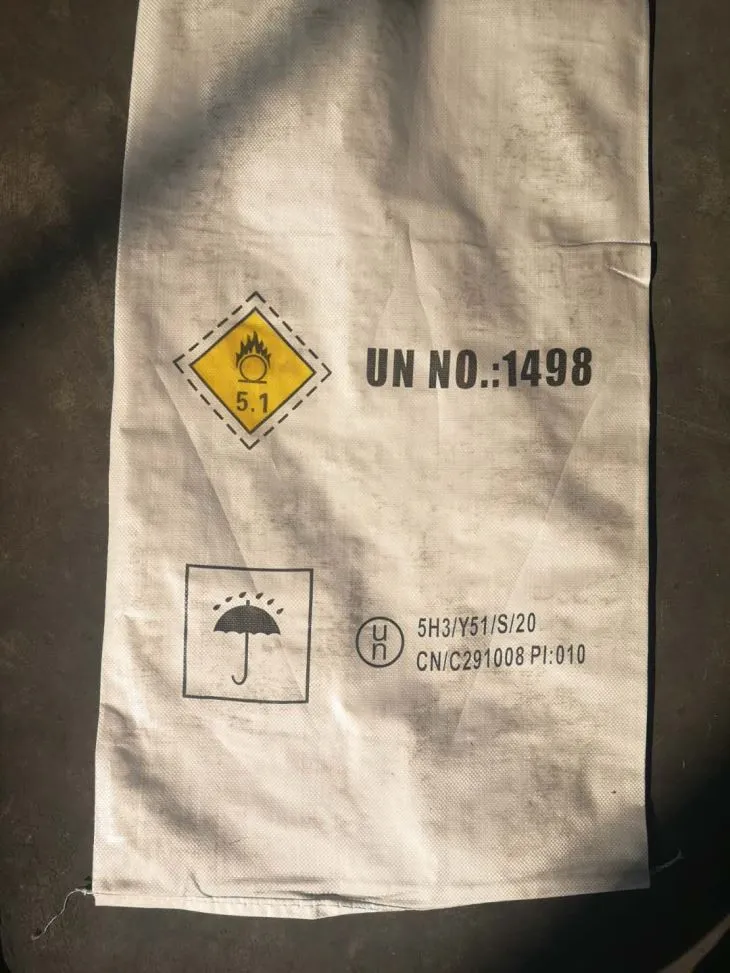



Ferric chloride &Ferric Chloride Liquid 40%
Feb . 02, 2025 04:13
Back to list
Ferric chloride &Ferric Chloride Liquid 40%
Chemicals play a pivotal role in wastewater treatment processes, transforming sewage into safe, reusable water and minimizing pollution. These chemicals not only aid in the elimination of harmful pathogens but also assist in the stabilization and neutralization of waste materials. Ensuring optimized sewage treatment requires a profound understanding of the chemicals used in various stages, as well as their specific functions and benefits.
Nutrient Removal Excess nutrients, particularly nitrogen and phosphorus, can lead to eutrophication in water bodies, causing significant environmental harm. Chemicals like alum, ferric chloride, and iron salts specifically target these nutrients. For instance, alum assists in phosphorus precipitation, rendering the phosphorus insoluble and easily removable from the water column. Industrial Waste Treatment For sewage containing industrial wastes, specialized chemicals like chelating agents and flocculants are necessary. Chelating agents bind with heavy metals, forming complex structures that can be separated from water. Additionally, specific polymers and flocculants are tailored to treat wastes from industries like textiles, pharmaceuticals, and petrochemicals, ensuring water quality and compliance with environmental standards. Sludge Treatment Managing the by-product of sewage treatment, sludge, is another vital process that involves chemicals for dewatering and stabilization. Polymers and coagulants are integral for enhancing the dewatering process, reducing sludge volume, and making disposal or reuse more economical. Ensuring Environmental and Human Health The choice of chemicals in sewage treatment is overwhelmingly governed by their effectiveness and environmental safety. Regulatory frameworks ensure that chemical usage minimizes ecological harm while protecting public health. Therefore, professionals in the field must remain vigilant in selecting and applying chemicals, upholding sustainable practices. In conclusion, the sophisticated use of chemicals in sewage treatment underscores the intersection of human ingenuity and environmental stewardship. Advanced knowledge and responsible application of these substances not only safeguard ecosystems but also secure viable water resources for future generations. With continual advancements and innovations, the sewage treatment industry stands poised to address emerging challenges, ensuring that water remains a vital, sustainable resource.


Nutrient Removal Excess nutrients, particularly nitrogen and phosphorus, can lead to eutrophication in water bodies, causing significant environmental harm. Chemicals like alum, ferric chloride, and iron salts specifically target these nutrients. For instance, alum assists in phosphorus precipitation, rendering the phosphorus insoluble and easily removable from the water column. Industrial Waste Treatment For sewage containing industrial wastes, specialized chemicals like chelating agents and flocculants are necessary. Chelating agents bind with heavy metals, forming complex structures that can be separated from water. Additionally, specific polymers and flocculants are tailored to treat wastes from industries like textiles, pharmaceuticals, and petrochemicals, ensuring water quality and compliance with environmental standards. Sludge Treatment Managing the by-product of sewage treatment, sludge, is another vital process that involves chemicals for dewatering and stabilization. Polymers and coagulants are integral for enhancing the dewatering process, reducing sludge volume, and making disposal or reuse more economical. Ensuring Environmental and Human Health The choice of chemicals in sewage treatment is overwhelmingly governed by their effectiveness and environmental safety. Regulatory frameworks ensure that chemical usage minimizes ecological harm while protecting public health. Therefore, professionals in the field must remain vigilant in selecting and applying chemicals, upholding sustainable practices. In conclusion, the sophisticated use of chemicals in sewage treatment underscores the intersection of human ingenuity and environmental stewardship. Advanced knowledge and responsible application of these substances not only safeguard ecosystems but also secure viable water resources for future generations. With continual advancements and innovations, the sewage treatment industry stands poised to address emerging challenges, ensuring that water remains a vital, sustainable resource.
Latest news
-
Why Sodium Persulfate Is Everywhere NowNewsJul.07,2025
-
Why Polyacrylamide Is in High DemandNewsJul.07,2025
-
Understanding Paint Chemicals and Their ApplicationsNewsJul.07,2025
-
Smart Use Of Mining ChemicalsNewsJul.07,2025
-
Practical Uses of Potassium MonopersulfateNewsJul.07,2025
-
Agrochemicals In Real FarmingNewsJul.07,2025
-
Sodium Chlorite Hot UsesNewsJul.01,2025










